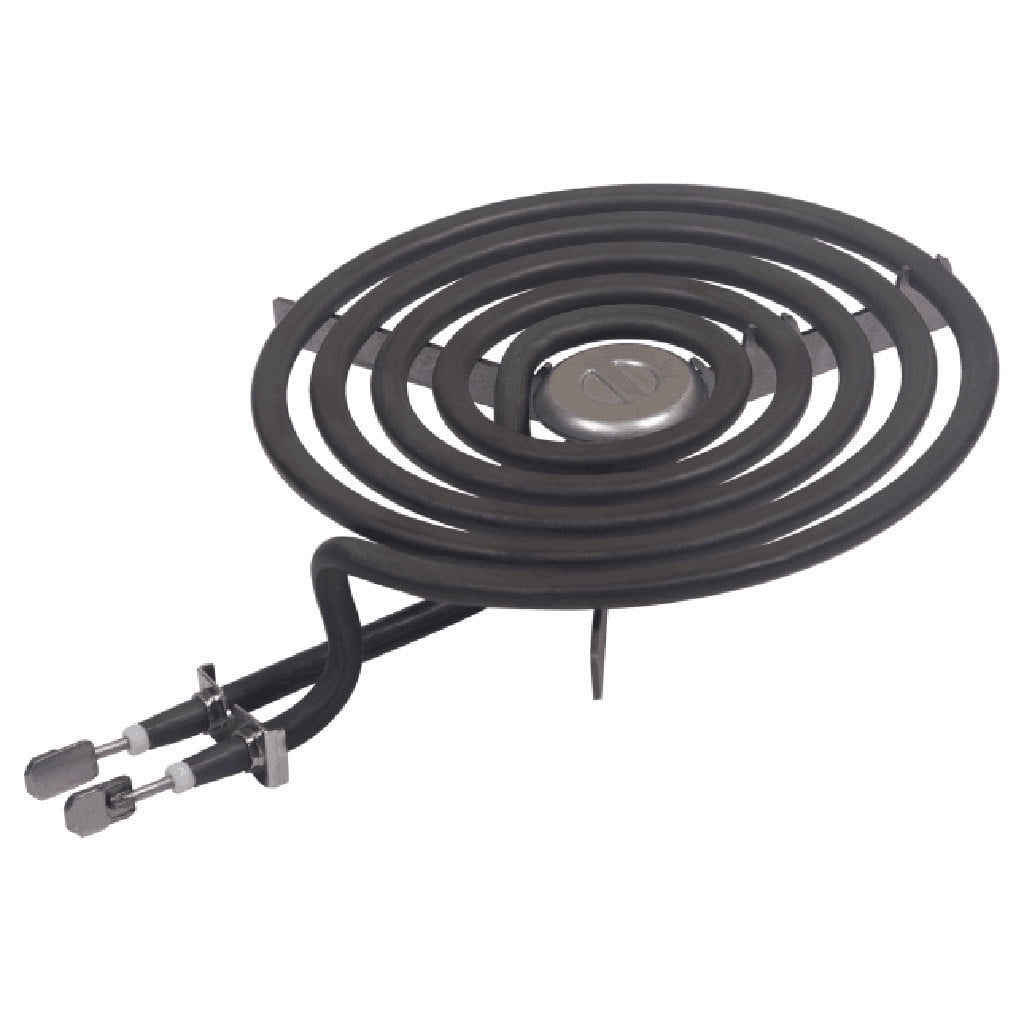

Photo Credit: Good Money Senseģ) Once you lift off the cap you will see two wires that are connected to a couple of prongs on the underside of the sensor. If the plugs to the receptacle are at 12 o’clock on the burner, the two easiest pieces to bend are the feet located at 10 and 2 o’clock. Photo Credit: Good Money SenseĢ) Using a pair of needle-nose pliers, bend two of these brackets to the side to remove the cap. To bypass the sensor, you simply need to hotwire two wires together by following these steps:ġ) Looking down at the top of the burner, you will see there are small metal brackets that hold the cap on at the top of the three feet. The sensor is the round button at the center of the metal cap. You can disable the temperature sensing technology on the new burners by bypassing the sensor. Photo Credit: Good Money Senseįive minutes with an angle grinder (or a Dremel) to grind down a notch on two of the feet (at 10 and 2 o’clock if the connectors are considered 12 o’clock) for each burner fixed the problem. This Kitchen Basics set had feet that were 1/2”. Comparing the new burners with the originals, the OEM GE ones had feet that were 3/8” high where they sat on the inner lip of the drip pans. I took a chance they would also work for GE / Hotpoint stoves, and it turned out they did plug into the receptacles and heat up, but did not sit level. These replacement coil elements from Kitchen Basics are listed as compatible with Whirlpool, KitchenAid, Maytag, Roper, and Kenmore electric ranges. The smaller 6” burner from Kitchen Basics is 1500 watts, which is slightly higher wattage, but I assume all the wiring in the stove is rated for up to 2400 watts.

This is a little lower wattage than the originals, which hopefully will reduce the chances of the wiring or receptacles burning out. I went with a different set of 4 coil elements from Kitchen Basics with accompanying four spare ceramic high-temp terminal receptacle blocks for $40 (or the same set without the extra receptacle blocks) since the bigger 8” burner was 2100 watts. This should be ok since a longer heating element means more resistance, less current at the receptacles, and better heat distribution for your cookware. They are made in the USA, are UL/CSA approved, have the same wattage, but have an extra turn. The best option for GE / Hotpoint compatible replacements is from Amazon for a coil burner set of 4 by Kitchen Basics for about $39. We decided to replace the front two burners one 6” and one 8” since they were the most commonly used ones in our household. I tested a spare burner that had the flat plugs and the type of plug did not affect the burner plugging into the receptacle on our GE electric range.

Measure yours to make sure you are buying ones that are similar in length to your originals. Our plugs were the loop type that are about 1 5/8” from the bracket on the burner. Our new GE stove (model #JBS160DMWW) had 6” coils with 4 turns (part #WB30X31058) that were 1350 watts / 240V, and 8” coils with 5 turns (part #WB30X31057) that were 2400 watts / 240V.
Hotpoint stove coil replacement how to#
How To Replace Sensi-Temp Coil Burnersįor best results, you should replace the burners with ones with a similar number of turns, wattage, and size. The new burner elements do not send any signals back to the stoves to regulate the temperature. If you were to unplug the burner from the receptacle by lifting the end of the burner directly opposite from the receptacle up about an inch and pulling it straight out, you will see the Sensi-Temp burner uses two plugs like the older burners. People who contacted GE have been told there is no way to disable the Sensi-Temp safety feature by replacing the coils or disabling them. If you are tired of the Sensi-Temp coils and how they disrupt your cooking, there are two solutions:ġ) You can replace the burner with traditional burners without the sensor, or For some people, it meant replacing all their cookware and their stove still did not work normally. GE states that for the burners to work correctly the sensor need to be clean and your pots and pans need to be completely flat so the sensor can contact the bottom. The problem with Sensi-Temp stoves is many people hate the feature. This feature seems like a good idea for forgetful people who also leave their iron on all day. If the pot or pan gets too hot, the coil shuts off until the temperature drops to a safe level. How new Sensi-Temp burners work is they use a sensor to detect the temperature of the cookware. GE and Hotpoint’s name for this feature is called Sensi-Temp technology. It turns out starting in 2018, UL regulation requires all new electric ranges with coil burners or elements to have temperature limiting capabilities to reduce the risk of fires. Should You Disable Sensi-Temp or Replace the Burners.How To Disable Sensi-Temp Burner Sensors.How To Bypass The Sensi-Temp Technology.


 0 kommentar(er)
0 kommentar(er)
